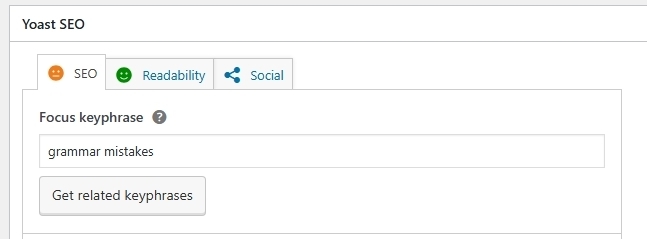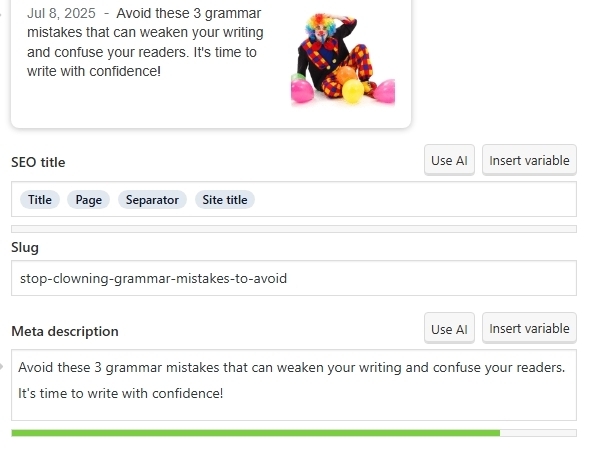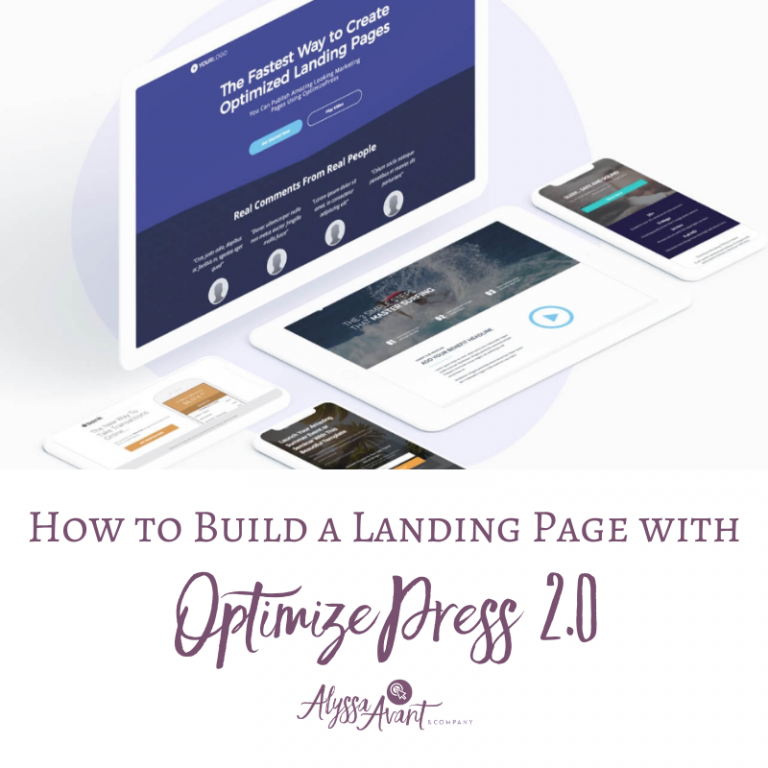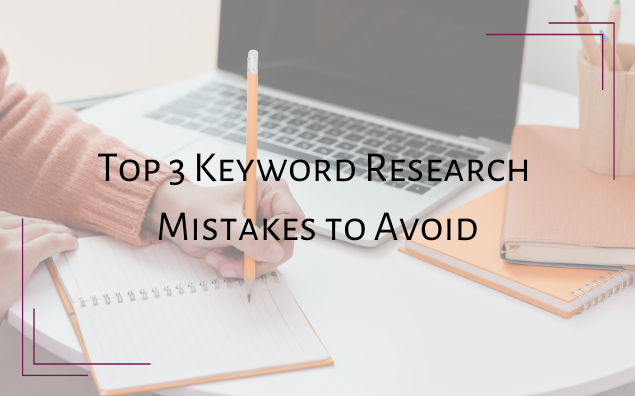3 No-Fluff WordPress SEO Tips Anybody Can Use
Feeling overwhelmed by SEO?
You’re not alone. If you’re a Christian blogger, speaker, or podcaster trying to get your message out, you may have heard you should care about search engine optimization (SEO)… but it all sounds too techy or time-consuming. And there are mixed messages about how to do it or what actually matters.
I’ve got good news. Basic SEO doesn’t have to be confusing—and it doesn’t require coding or fancy tools. A few very simple tasks done with each blog post or article can make a long-term difference in reaching your audience and driving traffic to your website.

Here are 3 no-fluff WordPress SEO tips that you can start using today.
1. Choose a Focus Keyword
Before you write, pick a phrase your ideal reader might search—like “fitness tips for women” or “grammar mistakes.”
Make sure that keyword appears:
- In your blog post title
- Somewhere in the first paragraph
- In your URL (slug)
- In your “Focus Keyphrase” or “Focus Keyword” spot in the SEO section of your post settings.

This all helps Google understand what your post is about—and helps the right people find it.
Pro Tip: Don’t overthink it. If you’d type it into Google, it works as a keyword.
2. Add Text to Every Image
When you upload images to WordPress, always fill in the “alt text” field. Describe the image using your keyword if possible—but make it natural. Including your keyword gives Google one more way to be sure about your topic and who they send your way.
Why it matters:
- Google can’t “see” images. It reads this text to understand what the image is.
- If your reader is visually impaired or using a screen reader, this text is what they’ll hear.
- It’s a small step that makes a big impact for both accessibility and SEO!
Example: You use a picture of a clown, and your topic is grammar errors to avoid in your writing. Alt text for this image could be:
“Clown with balloons – don’t clown around with grammar mistakes.”

And while we are unifying ideas here, your title could be something like “Stop Clowning Around – 3 Grammar Mistakes to Avoid When Writing.”
Keyword: “grammar mistakes”… You’ll notice that phrase is in the title and image alt text above. Make sure it is in your Focus Keyword spot as well.
3. Write Your Own Meta Description
This is the short blurb that shows up under your blog title in Google search results. If you don’t write one, WordPress will grab the first lines of your post—and it may not make sense.
Make it count:
- Use your keyword
- Summarize your post in one or two sentences
- Add a little hook (“Here’s how…” or “You’ll learn…”)

Most SEO plugins like Yoast or Rank Math make it easy to add this in your post settings.
You don’t have to master SEO—just take one step at a time.
Start with these three basics, and you’ll already be ahead of most bloggers!
Action Step
Pick your most recent post and review:
- Did you choose a keyword that people might search for?
- Do all your images have alt text that includes your keyword?
- Did you write a custom meta description?
Your message is valuable—but only if people find it. These simple SEO tips will help your audience discover you










